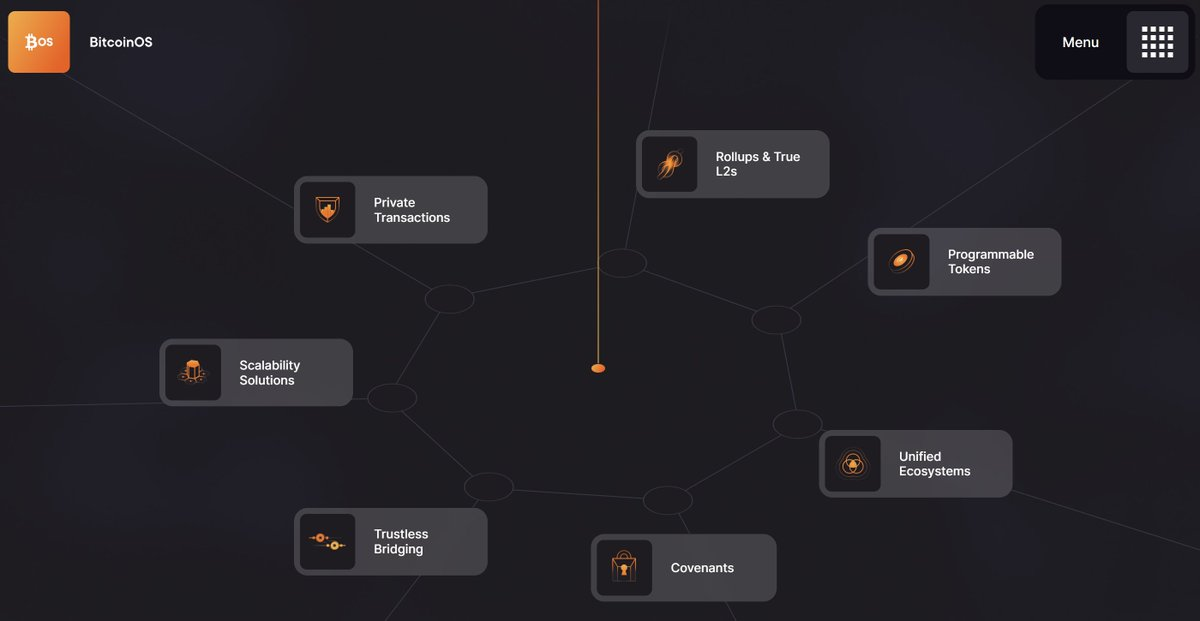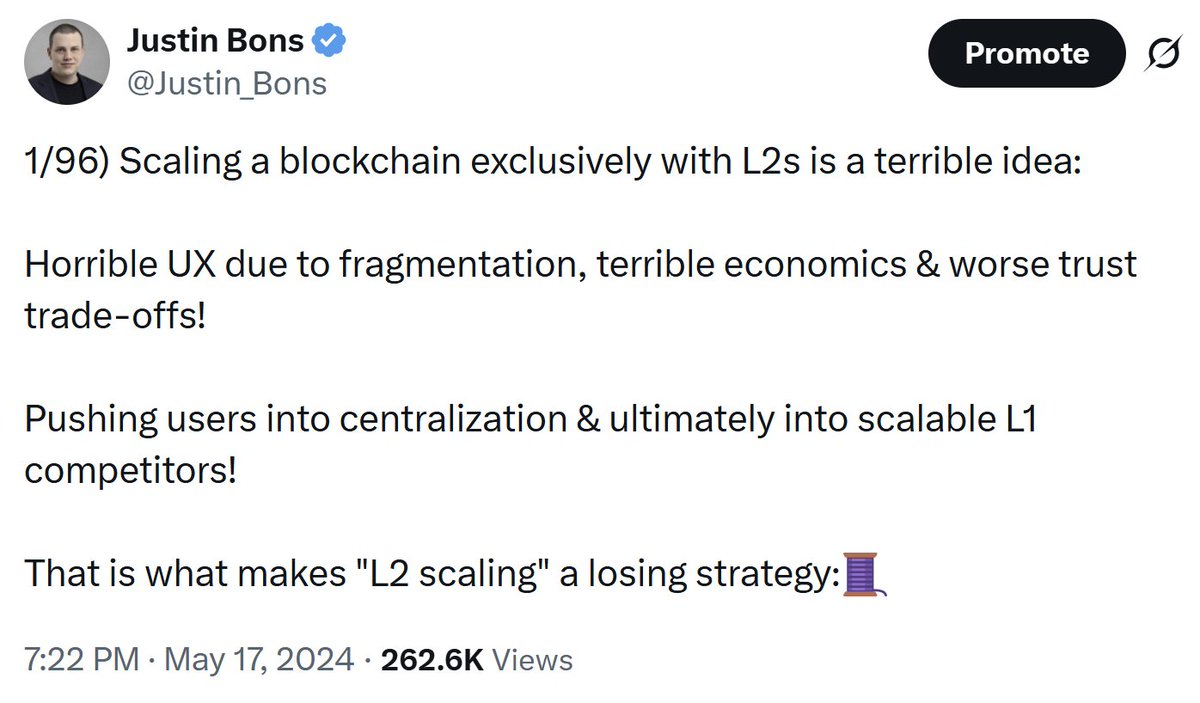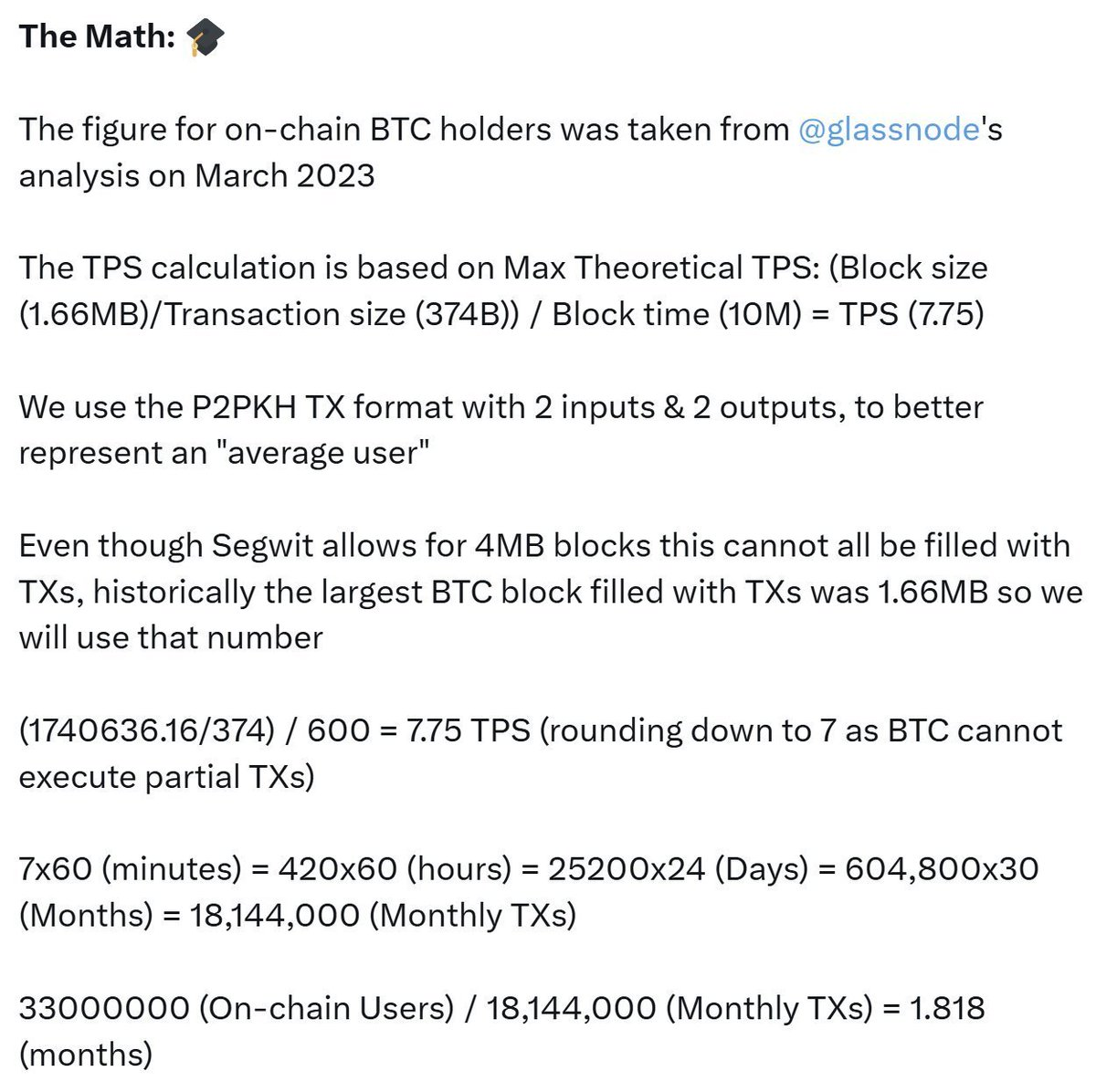
Original article: Justin Bons , Founder of Cyber Capital
Compiled by: Yuliya, PANews
The so-called "Bitcoin DeFi" does not exist at all. Whether it is BitVM, BitcoinOS, Rootstock or Soveryn, these projects are either extremely centralized or completely unrealistic. After in-depth research, the truth is shocking, and many of the propaganda of these projects can almost be called fraud.
The fundamental reason why Bitcoin cannot support DeFi
The reason why Bitcoin cannot achieve true DeFi is that it lacks a Turing-complete VM. Simply put, it cannot support complex smart contracts like Ethereum or Solana. This means that no matter how the project party promotes it, Bitcoin does not have the core capabilities required for DeFi.
The “De” in DeFi stands for “decentralized.” All current projects claiming to be “Bitcoin DeFi” are centralized in nature, misleading users and causing investors to lose hundreds of millions of dollars.
BitVM
BitVM claims to enable smart contracts on Bitcoin through "optimistic two-party computation," similar to how many Ethereum Layer 2 networks (ETH L2) operate, involving a "prover" and a "verifier." However, unlike most centralized ETH L2s, BitVM is more centralized because its "verifiers" are also permissioned.
In most ETH L2s, such as Optimism, users can submit fraud proofs even if the centralized "certifier" attempts to cheat. BitVM is different, it only has a licensed "verifier", which essentially constitutes a highly centralized system.
In reality, BitVM relies on two computers run by trusted parties selected by a single authority, which is almost the most centralized form. Although BitVM2 plans to make "validators" permissionless, this is only possible after the initial setup, which still requires a set of permissioned participants and requires a "1-of-n honesty assumption." The reality of current deployments makes these future promises irrelevant.
In addition, the BitVM system is extremely inefficient. This is because Bitcoin (BTC) does not have a Turing-complete programming language, but in theory any function can be implemented with a simple switch. BitVM attempts to achieve this by stringing opcodes together in dispute situations and publishing them into taproot transactions, combining opcodes into logic gates using Boolean Logic. However, this approach is overly complex and inefficient.
However, this solution is extremely impractical as it is orders of magnitude inefficient and requires very powerful computer processing, leading to significant centralization pressures, even if both computers are permissionless. This also severely limits the capacity of the system, as equivalent processing by a Turing-complete virtual machine requires only a small amount of resources, making BitVM difficult to scale in comparison. Even ignoring BTC's inherent lack of ability to support large-scale BitVM, it still explains why BitVM adopts an optimistic model, as the amount of processing required is too large, leading to its current and future situation being worrying.
Rootstock
Rootstock is a sidechain connected to BTC, featuring smart contract functions. However, it relies on a "permissioned federation" to maintain a two-way peg, which means that the federation can censor or even steal user assets.
Although Rootstock is essentially the same as a bank, which goes against the original intention of Bitcoin’s decentralization, Rootstock at least acknowledged its centralized nature in the project introduction, which at least shows its honest attitude.
Sovryn
Sovryn is actually built on Rootstock and relies on its smart contracts and anchoring mechanism, so it is also highly centralized.
However, it claims on its official website that it is “decentralized” and provides “native Bitcoin transactions”, which is obviously misleading. What is even more alarming is that the team behind Sovryn is also involved in the next project, BitcoinOS.

BitcoinOS
BitcoinOS is the most exaggerated of these projects. It claims to have solved all the problems that Ethereum has not solved: privacy, cross-chain, trustless bridging, and even "real Rollup".
But the fact is that its white paper has serious information gaps and completely avoids the key "off-chain execution" part of the project design, which is the core of introducing trust risks.

BitcoinOS still uses a "certifier-verifier" structure similar to BitVM, and the document does not mention how to achieve decentralization of verifiers. This "deliberate omission" is extremely deceptive, suggesting that its verifiers are still centrally controlled.
In addition, the project claims to support Rollups that are "more advanced than Ethereum," but it is technically impossible to achieve this goal. Bitcoin's lack of Turing completeness means that L2 execution, sequencing, and verification must all be done off-chain. This inevitably requires a centralized sequencer or consortium to intervene, exposing more centralized risks.
Even more ridiculous is that BitcoinOS's Rollup system needs to submit a 400KB state proof on the main chain every six blocks, which takes up 10% of the Bitcoin block capacity. This makes Bitcoin OS an extremely slow and expensive data availability solution that is difficult to compete with other solutions, and also makes DeFi on BTC not only completely centralized but also unsafe. However, these details are not mentioned in the official documents, which is shocking.
The so-called "L2 extension" is actually an illusion
Many current Bitcoin (BTC) "DeFi" projects are based on the narrative of "second-layer expansion" (L2 scaling). Broadly speaking, L2/modular "scaling" attempts to expand the functionality and performance of the base layer (L1) by building additional layers on top of it.
However, this approach has almost never been successful in practice. Pushing transaction traffic to another competing chain does not actually expand the capacity of the original chain, but instead provides a harbinger of decline for the actual use of the original chain, because this practice provides some degree of excuse for "never having to expand L1".
Worse still, this approach often completely distorts the incentives of the original chain’s leadership through the corrosive influence of L2 tokens and equity. Take Ethereum, for example, which has long dominated the DeFi space, but has now been surpassed by Solana in terms of “real usage.” This is not accidental, but a structural consequence of the L2 narrative.

BTC’s L2 expansion plan may make large-scale self-custody impractical. If users want to control their own private keys, they still need to conduct multiple on-chain transactions to access L2. However, the current on-chain capacity cannot support such large-scale operations.
For example, if all holders wanted to move their coins now, the transaction queue would be more than two months; if everyone in the world only made one transaction, the queue would be more than twenty years. This means that self-custody is almost impossible to achieve, and the public will have to access it through a custodial service provider, which completely violates the original purpose of Bitcoin.

Why Bitcoin Won’t Change
Many people still have illusions that Bitcoin may be adapted to DeFi functions in the future, but in-depth political and economic analysis shows that such a transformation is almost impossible.
The governance mechanism of the Bitcoin community is extremely closed, and the Bitcoin Core team can almost unilaterally block any protocol upgrade. For example, even a relatively mild opcode recovery proposal such as OP_CAT has been blocked for a long time; not to mention "disruptive" proposals such as the introduction of a Turing-complete virtual machine. Therefore, it is not realistic to expect Bitcoin to adapt to DeFi.

It’s a scam cycle
Projects around Bitcoin DeFi have actually formed a "scam cycle": every few years, a new wave of projects claiming to "implement DeFi on Bitcoin" will appear on the market, and these projects can often raise hundreds of millions of dollars from investors. However, they will soon disappear due to technical bottlenecks, model loopholes and other problems. A few years later, new projects will make a comeback, targeting a group of new investors who do not understand history.
Most of these projects take advantage of people's fantasy that "DeFi can also be played with Bitcoin", but the reality is that there have been almost no major technical changes in the Bitcoin protocol in the past decade. With so much money and resources invested, DeFi still cannot be realized. It is hard to believe that it can be "suddenly realized" today with the same code.
Bitcoin DeFi is just a fantasy
Among all the projects investigated, Soveryn and BitcoinOS are the most controversial. Their publicity is extremely exaggerated, but it completely conceals the huge trade-offs and flaws of the projects. Although Rootstock is still a centralized solution, it at least acknowledges this point. BitVM has some highlights in innovation, but it still cannot get rid of the limitations of its efficiency and structure.
What’s even more ironic is that after an in-depth study of the L2 project of the BTC ecosystem, people have a greater appreciation for the transparency and self-critical spirit of Ethereum L2. The Ethereum ecosystem even has a dedicated “L2Beat” project to track the risks and operating conditions of each L2, while Bitcoin L2 has almost no similar disclosure mechanism.
The bottom line is, the so-called "Bitcoin DeFi" does not exist. It has no native support capabilities and no realistic landing path. It is a collective fantasy driven by greed, delusion and ignorance, just like the myth that Bitcoin itself once brought. We don't need to continue to tolerate Bitcoin's mediocrity and stagnation. There is a real DeFi economy on the chain, generating billions of dollars in revenue each year - instead of indulging in fantasy, it is better to support the real crypto revolution.











